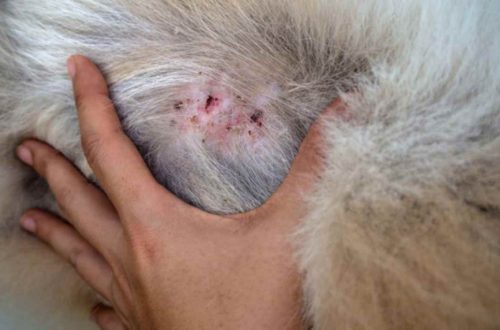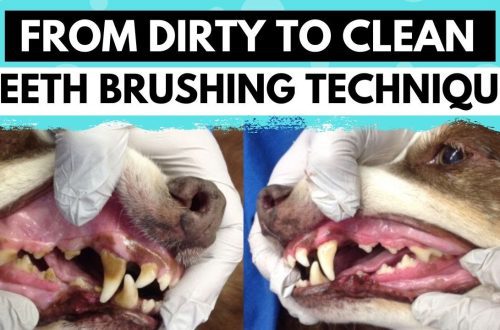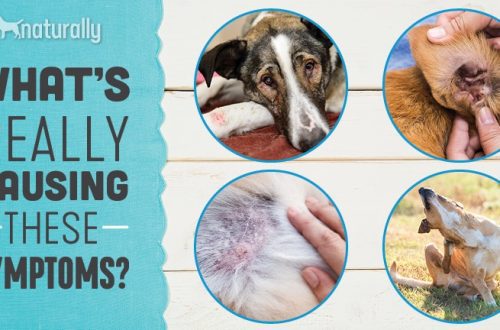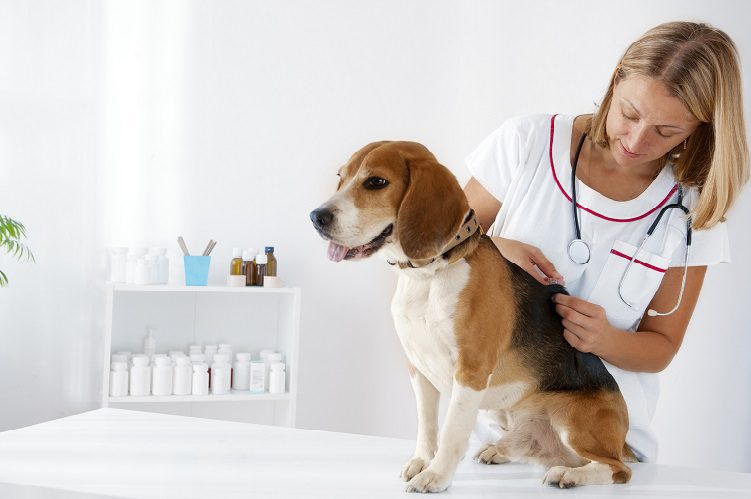
10 dog and cat vaccination myths
Any responsible owner should take care of their pet, including getting the necessary vaccinations. However, there are many misconceptions and misconceptions about pet vaccinations, which, unfortunately, many people still believe. Let’s dispel these myths and explain how things really are.
- Myth 1: A pet does not need to be vaccinated if he stays at home and never goes out.
Such a position is dangerous for the life of a quadruped. A homebody cat may not go outside, but you do it every day. On shoes and clothes, you can bring a source of infection into the apartment. In addition, infection can occur even with an insect bite, through biological fluids (saliva, urine, blood) or by airborne droplets. Therefore, vaccination of cats, even domestic cats, is very important.
A pet will never be 100% isolated from the outside world, so there is always a chance of infection.
- Myth 2: A cat or dog can still get sick after being vaccinated. It turns out that it is useless to vaccinate the animal.
There are factors that can interfere with the development of strong immunity, and the manufacturer of the vaccine cannot take them all into account. But even if ill, a vaccinated pet will endure the disease much faster and easier than if the infection would have occurred without vaccination. And most importantly – get immunity.

- Myth 3: If the pet has already been ill with the disease, then you can not be vaccinated against it. The body has already developed immunity.
The body of an animal cannot form a long-term stable immunity to any of the pathogens of dangerous diseases. And with age, the defenses of any pet only weaken. Therefore, not vaccinating your tailed ward means voluntarily putting him at risk.
- Myth 4: You can get vaccinated when your pet is still small. This will be enough for him for the rest of his life.
Antibodies in the body of a puppy or kitten can remain for some time, but this is a short period, on average, about a year. After that, resistance to diseases is lost. Therefore, revaccination should be carried out annually or at the time intervals that a particular vaccine suggests.
- Myth 5: The vaccine will negatively affect the quality of the teeth of a puppy or kitten.
In the 70s and 80s of the last century, there really was a belief that if a dog or cat was vaccinated at an early age, it would ruin the pet’s teeth. They will turn yellow, form incorrectly, and the bite itself will deteriorate.
Previously, the vaccine purification system was at a low level, and tetracycline antibiotics were used to treat the same “distemper”, which negatively affected the color of bones and teeth. However, things are different now: each modern vaccine goes through several stages of cleaning and control and does not affect the condition of the teeth.
- Myth 6: The size of the pet affects the amount of vaccine administered. You can even vaccinate 2-3 small dogs with one dose.
According to vaccination requirements, the size of the animal does not generally matter. Each vaccine contains a minimum immunizing dose that must be administered in full, regardless of whether the dog is large or small.
- Myth 7: Small dogs can not be vaccinated against rabies.
Some owners of small breed dogs believe that their wards do not need to be vaccinated against rabies. They are small, do not pose such a danger as large breeds, and do not tolerate such drugs well.
Such an opinion is erroneous. Rabies can infect all mammals, regardless of size, and is equally lethal to all. And any dog infected with rabies, even the smallest, is dangerous to others. And intolerance and a bad reaction to a vaccine is an individual reaction that can happen to any pet, not just a small breed.
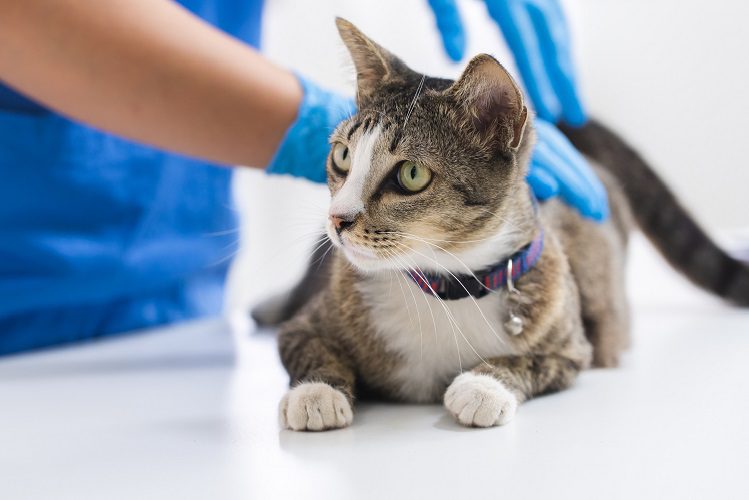
- Myth 8: Re-vaccination and strict observance of the timing between vaccines are optional.
Some owners believe that nothing bad will happen if they do not bring their pet for revaccination. But if the animal received only one dose of the vaccine out of two, this is equivalent to the fact that there was no vaccination at all.
Usually the first vaccine only prepares immunity, and only the second one immunizes. If more than six weeks have passed after the first injection, and the second component has not entered the body, you will have to do everything again and this time observe the interval.
- Myth 9: Mutts and mongrel animals do not need to be vaccinated, they naturally have strong immunity.
Stray dogs and cats die in huge numbers from a variety of diseases, people just don’t see it. For example, a dog that could easily live 10 years dies after only 3-4 years of wandering life. If mass and systematic vaccination of dogs from the street were carried out, many of them would live much longer.
- Myth 10: You can not vaccinate animals, because. in our city for many years there was no outbreak of this or that disease.
Now it is really very rare to have outbreaks of diseases in pets, but this does not mean that this disease has ceased to exist. The absence of outbreaks is due precisely to mass vaccination. As soon as the population refuses the vaccine, as a general infection will not be long in coming.
We hope that we managed to dispel many myths and argue our position on vaccination. We wish health to you and your pets!



